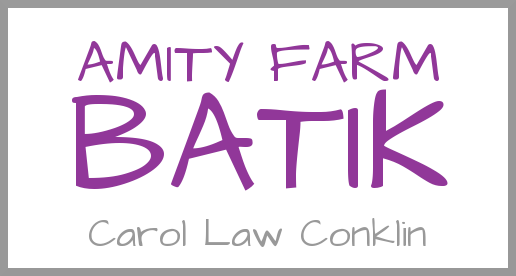The summer season is upon us. The brilliant early green replaced by golden heads of grasses and the yet unmowed fields, hold many colored flowers from the blossoms of red and white clovers, yellow trefoil flowers, blue vetch and purple/ blue alfalfa with mixes of wildflowers around the edges.
There is no part of mechanized farming that I like to see as much as a field being mowed. As the mower moves through the field the grasses fall silently to the ground in a pattern that reflects the lay of the land. Quite a beautiful pattern, especially as seen from a birds eye view.
The hay will later be stirred by a tedder to help it to dry. As time passes it will be raked up before being ready to bale. Haymaking is an art and requires a great sense of timing to mow when the grass is still leafy without heading out. It also requires a good sense of how dry the hay needs to be at baling time. With all this control, many an excellent bale has been lost when a crack of thunder, brought winds that tossed the hay about and heavy rain that pounded it into the ground. Mother Nature is our ultimate boss!
There is no sweeter smell than that of a freshly baled, early cut bale of hay. It is gold to the lucky animals who get to eat it. Some bales are turned into large round bales and dot the countryside looking much like the haystacks of days of old.
Turning back to the batik in the dyebath. It has been in the dye for close to an hour (this is the final dyebath and is a deep red). The batik is brought out of the dye and submersed in a large tub of water. The fabric is gently swirled through the water, then the tub is dumped, refilled, and the process is repeated until all dye that can be removed, is. After the rinse, the piece is placed between layers of plastic that will ensure it dries slowly (this helps the dye to stay as brilliant as possible.)
Finally the day of ironing out the wax will come. I’ll pick a nice morning or evening outdoors. I’m looking forward to what the wax and I have created.
